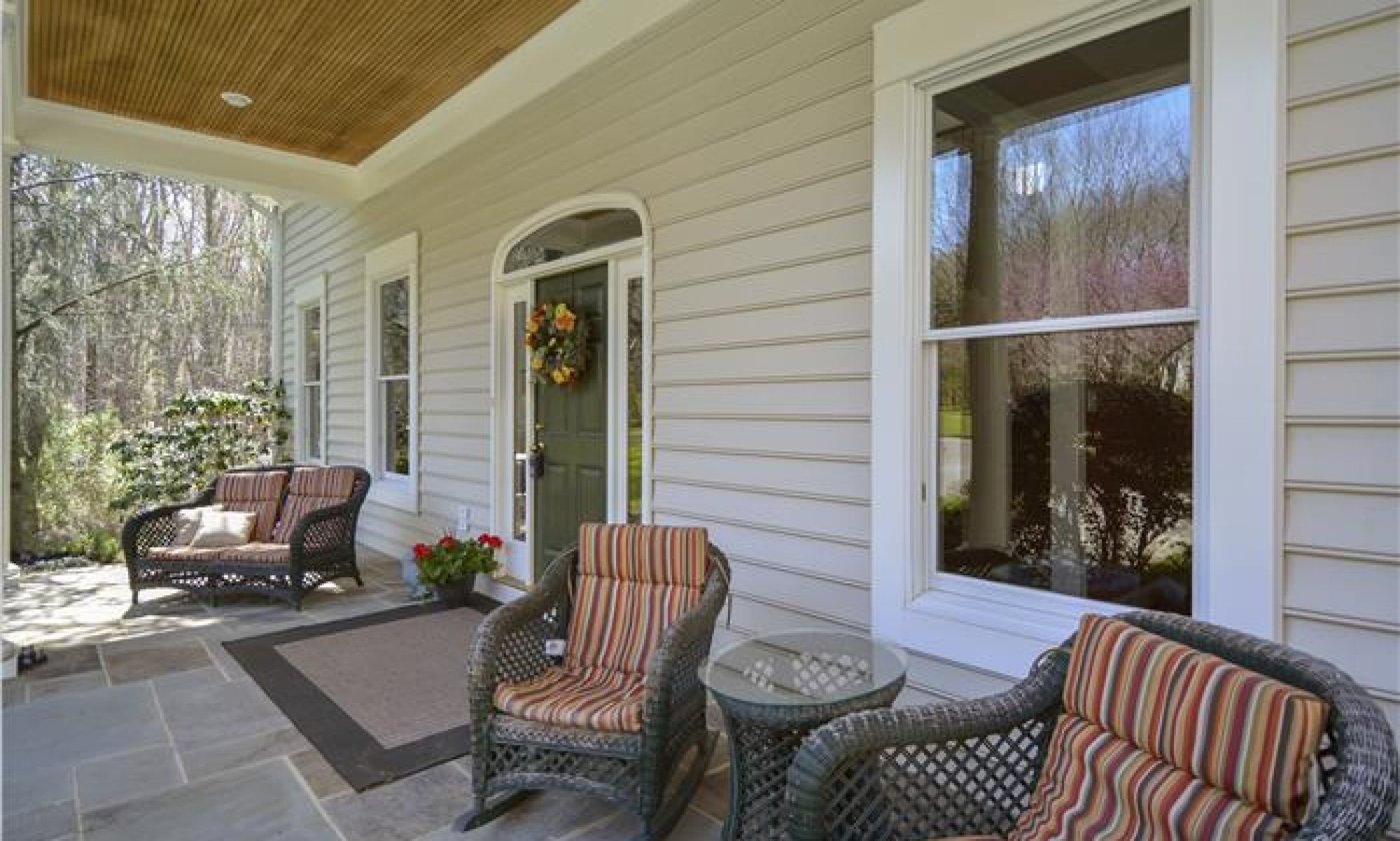by Dan Krell
© 2011
DanKrell.com
 It is often said that history repeats itself. If we want a glimpse of our future, we should look to the past; if we want to see how a post-crisis housing market looks like, we should look to see how a previous housing crisis ended.
It is often said that history repeats itself. If we want a glimpse of our future, we should look to the past; if we want to see how a post-crisis housing market looks like, we should look to see how a previous housing crisis ended.
According to the Census Bureau (census.gov), the last time homeownership rates declined was 1980-1990. Recent seasonally adjusted homeownership rates have been declining slowly from the all time high of 69.2% reached in the first quarter of 2005. The current seasonally adjusted homeownership rate (for the third quarter of 2011) is 66.1%, which is similar to the homeownership rate of 66.2% reported by the 2000 Census.
Although the country is dealing with some of the same economic issues that was problematic during the early 1980’s; the current real estate market is more akin to like the post S&L crisis of the late 1980’s and early 1990’s, when the market was flooded with foreclosures and a coinciding recession impeded an already difficult housing market. Some may remember that during that time home prices decreased and, not unlike recent events, many home owners walked away from their homes (some lenders were sent the keys of recently purchased homes).
Then like today, resulting legislation changed the lending landscape in an effort to ensure such systemic abuse and failure would not happen again. The Census reported that the homeownership rate in 1990 was 64.2%, just shy of the 64.4% homeownership rate reported in 1980.
Additionally, mortgage interest rates were “normalized” post the S&L crisis, making homeownership more affordable than the previous decade. Then, like today, low mortgage rates are touted to make owning a home more attractive than renting.
Also, like that time, the real estate business was changing. Besides changing business models (buyer agency was becoming recognized across the country), large real estate brokers downsized and/or absorbed brokers wanting to get out of the business. Today’s real estate business models have changed to accommodate technology and a vast array of information; additionally, national and regional brokers may begin to see their market share change with the marketplace.
 Demographics are always changing. Current demographics indicate a shrinking pool of willing home buyers and sellers. As home prices have dropped over the last several years, many baby boomers who planned to downsize cannot afford to sell their home; additionally, “move-up” home buyers have also decided to make do with their current home longer than they planned as they find that their home’s equity has diminished. Many renters are choosing to continue renting as homeownership is viewed as an anchor; they prefer to be more mobile and not tied down by homeownership until they become more established in their careers.
Demographics are always changing. Current demographics indicate a shrinking pool of willing home buyers and sellers. As home prices have dropped over the last several years, many baby boomers who planned to downsize cannot afford to sell their home; additionally, “move-up” home buyers have also decided to make do with their current home longer than they planned as they find that their home’s equity has diminished. Many renters are choosing to continue renting as homeownership is viewed as an anchor; they prefer to be more mobile and not tied down by homeownership until they become more established in their careers.
Before home prices can stabilize, many expect average home prices to drop another 20%. Home prices have (more or less) historically returned to an established “norm” after a housing boom. Home prices are about 26% higher than the “norm” adjusted price, which was established in 1890 as reported by Robert Shiller (Irrational Exuberance; Broadway Books 2nd edition, 2005).
As we move forward, economic and industry related barriers continue to prevent a recovery in the real estate sector. It may be several years before these issues may be managed; however once addressed, confidence in homeownership may begin to increase once again instilling pride and sense of community.
More news and articles on “the Blog”
This article is not intended to provide nor should it be relied upon for legal and financial advice. This article was originally published in the Montgomery County Sentinel the week of December 12, 2011. Using this article without permission is a violation of copyright laws. Copyright © 2011 Dan Krell.




